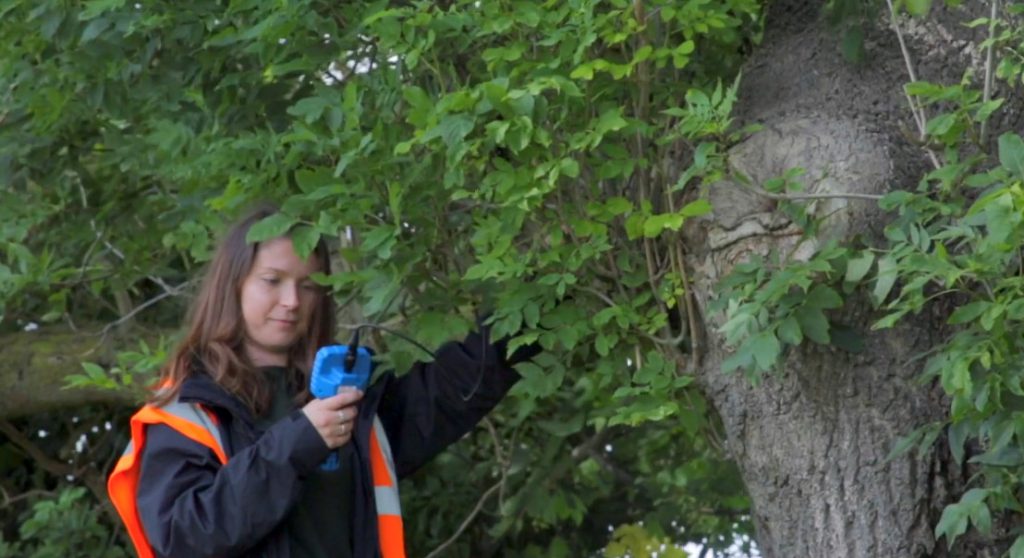Environmental Management for Norfolk
Commonly recognised as one of the country’s most rural counties, Norfolk is part of the East of England region and contains only a relatively small selection of large towns. For instance, while the largest built-up area in Norfolk (Norwich) has a population above 200,000, the second largest built-up area (King’s Lynn) has a population below 50,000, meaning that the number of residents drops by three-quarters from first to second.
Other notable parts of the county of Norfolk by population include Great Yarmouth, Thetford, Gorleston-on-Sea and Dereham. While a county offering such a significant majority of countryside sections as Norfolk speaks wonders of the level of biodiversity value and environmental quality, it also opens up numerous opportunities for European protected species to form viable habitats, feed on prey in the local vicinity, and grow their populations.
UK legislation lists a wide range of different animals and plants as being a part of species that are specifically safeguarded by law. Bats typically occupy trees, hedgerows and buildings of different shapes and sizes, and as such, a planning project on land or properties can be impacted by their presence. Any time a development site has proven bat occupancy or runs the risk of bats or bat roosts, a bat survey will be needed without exception.
Norfolk Bat Populations
According to the latest statistics, around 12 species of bat are present in Norfolk. The species in question are the barbastelle bat (Barbastella barbastellus), Brandt’s bat (Myotis brandti), brown long-eared bat (Plecotus auritus), Daubenton’s bat (Myotis daubentonii), Leisler’s bat (Nyctalus leisleri), Natterer’s bat (Myotis nattereri), noctule bat (Nyctalus noctula), common pipistrelle bat (Pipistrellus pipistrellus), Nathusius’ pipistrelle bat (Pipistrellus nathusii), soprano pipistrelle bat (Pipistrellus pygmaeus), serotine bat (Eptesicus serotinus) and whiskered bat (Myotis mystacinus).
Protection and Conservation of Bats and Other Protected Species
For bats to be provided with the necessary level of protection, dedicated groups all over the country need to be managed accordingly. On a broader scale, the Bat Conservation Trust (BCT) supports all bats, but each region, county, town and city benefits from the safeguarding of an area-specific bat group. As for Norfolk, local bats are protected by the Norfolk and Norwich Bat Group.
Alongside the universal duties that all bat groups hold that involve protecting and conserving bats in the designated area, the Norfolk and Norwich Bat Group also enhances awareness of bats in the eyes of the general public through training volunteers and giving them the chance to borrow equipment for the National Bat Monitoring Programme (NBMP) from one of several bat monitoring centres, organising bat activity walks, and remaining involved in wildlife events and bat-specific exercises, such as the National Nathusius’ Pipistrelle Project (NNPP).
Assessing Bats Present on Development Sites
The requirement for conducting bat surveys on a proposed development site will either come as the result of earlier ecology surveys such as a preliminary ecological appraisal (PEA) or following evidence found by the developer or other individuals integrated into the planning process. A bat survey will begin with a preliminary roost assessment (PRA) that will surface on a thorough inspection of the site for signs of bats, such as any individual bat roost or groups of bat roosts, remains of prey, bat carcasses or sections that could pose viable habitat suitability.
Ideally, the PRA will confirm an absence of bats in the vicinity, and the bat report will alert the local authority that planning permission can be granted. At any point that bats are proven to be present or cannot be ruled out, however, a secondary assessment known as a bat emergence and re-entry survey (BERS) will be mandatory. Survey season runs between mid-May and September, and within this period, several ecological surveyors will visit the site over consecutive nights and monitor a zone around the survey square of no larger than 1 km square on three different points using bat detectors to retrieve detailed information about the bat species present.
Once all of the data regarding bat distribution and population numbers have been recorded with a bat detector and under any techniques from recent advances, a bat report will be created. The report itself will contain information about bats in the local area, outcomes from the Norfolk bat survey, and mitigation measures that will fulfil your Norfolk project aim, such as attaining planning consent without harming native bats. It will also inform on any additional surveys if any flags indicated that they were needed, such as a protected species survey or any number of hibernation surveys if certain animals or plants are detected.
Call In Our Ecology Team
You may be considering expressing interest but aren’t sure what type of bat survey you are in need of. Rather than ignoring the issue and finding significant obstacles later in the process, reach out to Arbtech, and we can help. We are fully aware that development projects aim to find success in a selection of targets, and our team has the experience and knowledge to satisfy all parameters that are preventing you from being able to move forwards. Our ecological consultants are all trained and qualified too, helped by connections to Natural England and the Chartered Institute of Ecology and Environmental Management (CIEEM).
If you would like a free quote, you can request one by completing a quote form online, calling us, or visiting our contact page. From that point, we can put together a quotation for conducting bat surveys on your site, and if you are happy to proceed, we will work with you to choose a date within the period whereby bat survey season runs to visit your site and conduct the assessment. After the bat surveys you require, we will send you the completed bat report, and it will contain all of the information needed to find success in your search for planning acceptance from the local planning authority.


